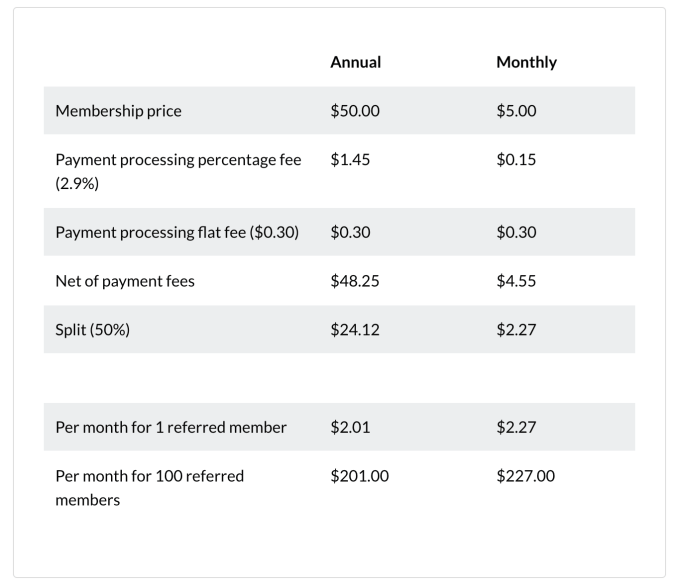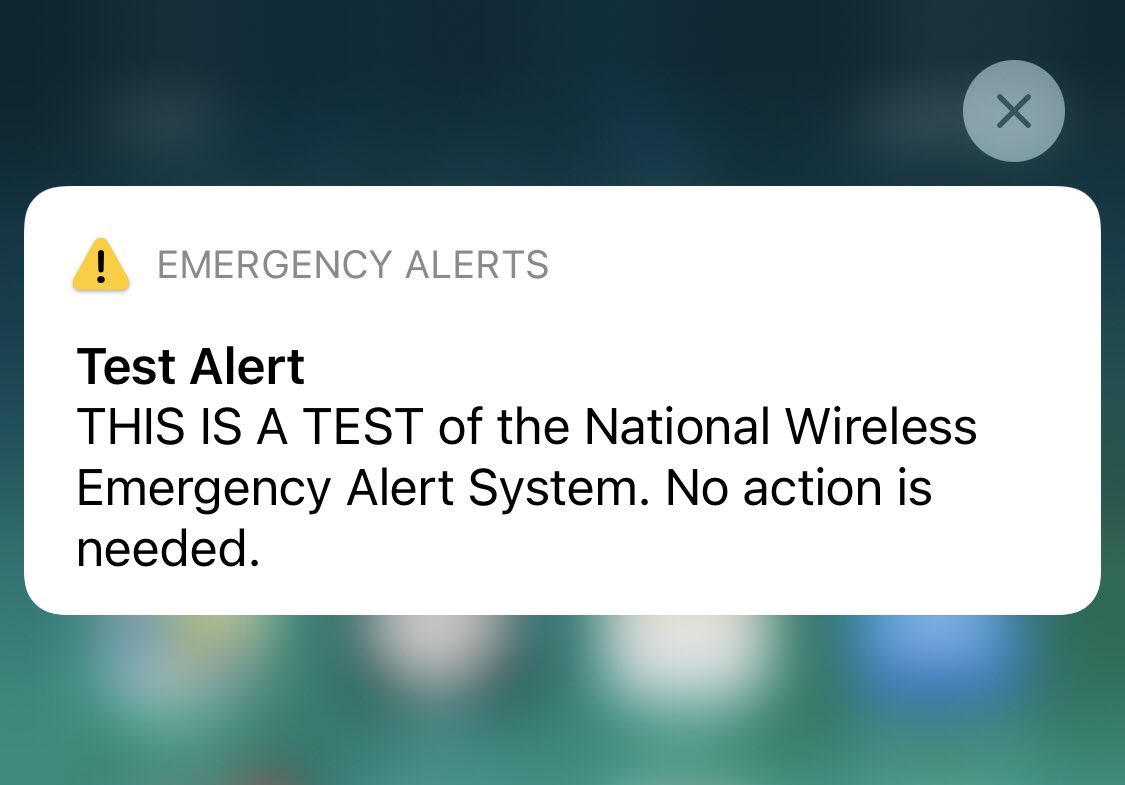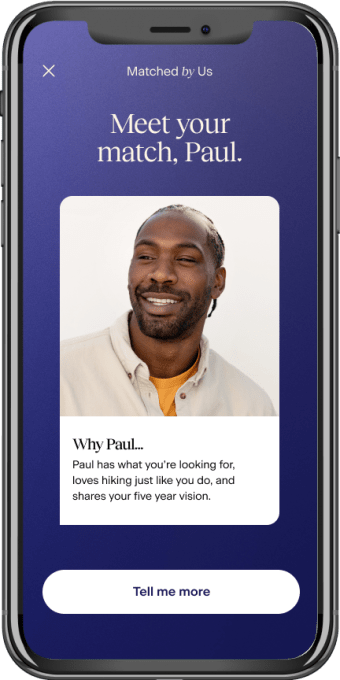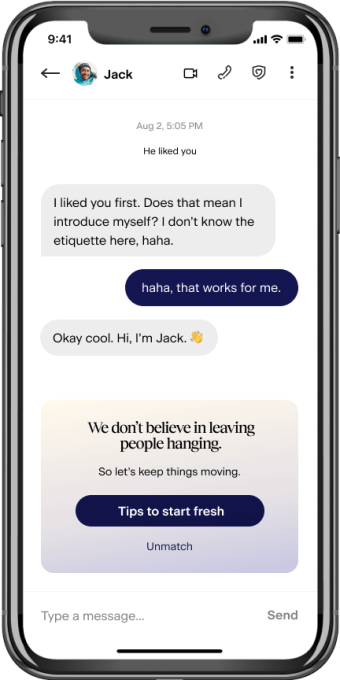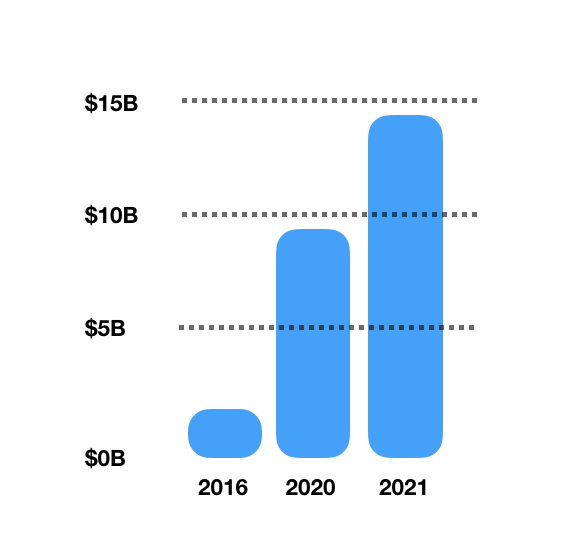Market timing — how relevant an idea is to the current state and direction of a market — is the most important factor in determining the durability of that idea.
Several inputs inform market timing: The skew of consumer preferences in response to a pandemic. The price of goods for a resource that is finite and becoming scarce. The creation of a novel algorithmic or genetic technique that enlarges the potential of what can be streamlined, repaired and built.
But market timing is also defined by a less discussed area that is born not in capital markets but in the public sector — the regulatory landscape — namely, the decisions of government, the broader legal system and its combined level of scrutiny toward a particular subject.
We can understand the successes and challenges of several valuable companies today based on their combustion with the regulatory landscape.
We can understand the successes and challenges of several valuable companies today based on their combustion with the regulatory landscape, and perhaps also use it as an optic to see what areas represent unique opportunities for new companies to start and scale.
Looking back: The value in regulatory gray areas
“The tech comes in and moves faster than regulatory regimes do, or can control it,” Uber co-founder and former CEO Travis Kalanick said at The Aspen Institute in 2013.
The brash statement downplayed that the regulatory landscape had, in fact, driven a number of pivotal outcomes for the company up to that event. It changed its name from UberCab to Uber after receiving a cease-and-desist order in its first market, California. Several early employees left because of the startup’s regulatory challenges and iconoclastic ethos. It shut down its taxi service in New York after just a month of operations, and then in early 2013 received its lifeline in the city after being approved through a pilot program.
Fast forward to the present, and Uber has a market cap of about $82 billion, with the ousted Kalanick having a personal net worth in the neighborhood of $2.8 billion.
Still, even at its scale, many of its most important questions on growth centered around how favorably the regulatory landscape would treat its category. Most recently, this came with the U.K. Supreme Court ruling that Uber drivers could not be classified as independent contractors.
The regulatory fabric has had similar leverage over other sharing-economy companies. In October 2014, for example, Airbnb’s business model became viable in San Francisco when Mayor Ed Lee legalized short-term rentals. In November 2015, Proposition F in the city aimed to restrict short-term rentals like Airbnb, and the startup spent millions in advertisements to mobilize voters in opposition.
Airbnb’s current market cap stands at $92 billion, and its CEO, Brian Chesky, has an estimated net worth over $11 billion. Like Uber, its regulatory tribulations continue, most recently being fined and judged to owe $9.6 million to the city of Paris.
The stories of these two companies and others in the sharing economy space demonstrate the value that the regulatory fabric can add or subtract from a company’s wealth, but also underscore the value — for founding teams, early employees, investors and customers — of navigating the gray areas.
Looking around: The data economy
The present regulatory fabric has precipitated market timing for ideas in a number of categories. Solutions that enable data privacy, like BigID, and ones that embed data privacy into larger customer value propositions, like Blotout, are on streamlined growth tailwinds from the GDPR in Europe and their inspired analogs in the U.S.
Source: Tech Crunch


